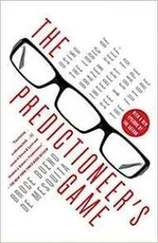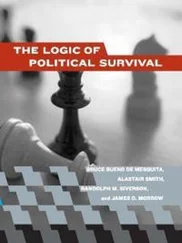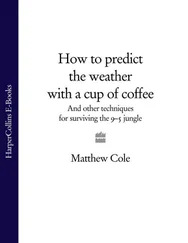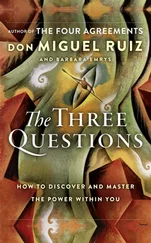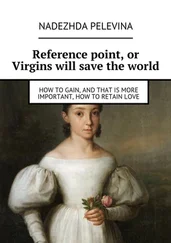Outcome = B Coerces, A Yields: A’s proposal = 
Outcome = Negotiate: A’s proposal  = with plus or minus determined by whether A’s preference is higher or lower on the issue scale than B’s.
= with plus or minus determined by whether A’s preference is higher or lower on the issue scale than B’s.
Outcome = Status Quo: A’s expected payoff if status quo prevails between A and B: 
Outcome = A Given In: 
A’s expected utility | A offers to compromise:

A’s expected utility | A tries to coerce B: 
D* and R* denote, respectively, the belief that the subscripted player is a dove and a retaliator. These beliefs are updated in accordance with Bayes Rule. Off-the-equilibrium path beliefs are set at 0.5.
Proposals go back and forth between players but not all proposals are credible. They are credible if the Outcome involves B giving in to A’s coercion or if the absolute value of the proposal being made minus the target’s current position relative to the range of available policy differences is less than the current resolve score of the target, with resolve defined in the next section.
The predicted new position of each player in a given round is determined as the weighted mean of the credible proposals it receives and the predicted outcome is the weighted mean of all credible proposals in the round, smoothed as the average of the weighted means including the adjacent rounds just before and after the round in question. The nature of the proposal in each dyadic game is determined by the equilibrium outcome expected in that stage of the game. The weighted mean reflects the credibly proposed positions weighted by clout multiplied by salience.
Phew, I hope the math mavens enjoyed that and the rest of you didn’t mind it too much.
Acknowledgements

Every author happily accumulates indebtedness. This is certainly true for me. I have been doing political forecasting and engineering for nearly thirty years cloaked in academic obscurity. Three people have been instrumental in bringing attention to my research beyond the world of political science. Michael Lerner wrote a cover story on my predictioneering for Good magazine. Thanks to that article, Eric Lupfer, my literary agent at the William Morris Agency, suggested that I write a book on the subject. Without Michael’s article and without Eric’s encouragement it would never have occurred to me that people might find this work of interest. Jonathan Jao, my editor at Random House, then turned Eric’s idea and my pages into this book. I am deeply grateful to each of them for inspiring me to do this. Eric deserves additional thanks for being much more than a literary agent. He worked tirelessly at editing, rearranging, and prodding to make this a better book. I am happy to count him as my friend as well as my business associate.
My family, friends, colleagues, and students have also contributed mightily to this effort. My wife, Arlene, has given me not only the benefit of her critique of sections of this book, but her love and support for all that I do during our more than forty years together. My daughter Erin and her husband, Jason, two French horn players, not only make great music together but bring great harmony to my life. My son, Ethan, a much better applied game theorist and professor than I can ever hope to be, and his wife, Rebecca, a rabbi and an educator, add further to the harmony of my life. My daughter Gwen and her husband, Adam, two of the most fashionable and business-savvy people I know, add harmony while trying desperately—and hopelessly—to improve my sartorial splendor. They have all given me good ideas and honest feedback as this book took shape. Indeed, the title originated in a brainstorming session with Adam and Gwen, herself a terrific writer. I also owe special thanks to my sisters Mireille and Judy, two great teachers and creative spirits.
Martin Feinberg, Sam Gubins, Mary Jackman, Robert Jackman, Russell Roberts, Joseph Sherman, and Thomas Wasow discussed the ideas in this book with me and have given me the benefit of their insight and their friendship for many years. Equally, I have benefited from my friends and co-authors George Downs, James Morrow, Randolph Siverson, and Alastair Smith, who were my partners in developing some of the ideas that shape this book. Likewise, my friend and business partner, Harry Roundell, has been front and center in the analysis of many of the cases reported here and has been a source of deep and enduring support. My spring 2008 students—James Henry Ahrens, Jessica Carrano, Thomas DiLillo, Emily Leveille, Christopher Lotz, Kathryn McNish, Christian Moree, Deborah Oh, Katherine Elaine Otto, Silpa Ramineni, David Roberts, Andrea Schiferl, Jae-Hyong Shim, Jennifer Ann Thompson, Michael Vanunu, Stefan Villani, Paloma White, Natalie Wilson, Stefanie Woodburn, and Angela Zhu—and my spring 2009 students—Daniel Barker, Alexandra Bear, Katherine Cheng, Nour El-Dajani, Natalie Engdahl, Sanishya Fernando, Emily Font, Michal Harari, Andrew Hearst, Ashley Helsing, Tipper Llaguno, Veronica Mazariegos, Eric Min, Linda Moon, Shaina Negron, David Schemitsch, Kelly Siegel, Milan Sundaresan, Kenneth Villa, and Yang-Yang Zhou—served as willing guinea pigs who helped shape the chapter “Dare to Be Embarrassed!” All are innocent of responsibility for the remaining deficiencies in this book and each certainly helped eliminate many.
I am particularly grateful for the support of the Alexander Hamilton Center for Political Economy at NYU— Predictioneer is the embodiment of its commitment to logic and evidence in pursuit of solutions to policy problems—and to Shinasi Rama, its deputy director, and to those whose generous support makes the Center possible, especially the Veritas Fund, the Thomas W. Smith Foundation, the Lehrman Institute, David Desrosiers, James Piereson, and especially Roger Hertog, without whom there could not be an Alexander Hamilton Center.
My colleagues in the Wilf Family Department of Politics at New York University and at the Hoover Institution at Stanford University are an endless source of support and inspiration. I could not have asked for better environments in which to pursue my research. Random House has been a terrific organization to work with, providing superb and subtle copyediting and bringing the highest standards to every aspect of this work. I thank them for their help.
Finally, I want to remember Kenneth Organski, my professor, co-author, and friend, and the inspiration behind the original decision to apply my forecasting model to problems in the real world. He died too soon, but he left a legacy that will endure forever.
Appendix I

CALCULATION OF THE WEIGHTED
MEAN PREDICTION FOR NORTH KOREA
The table below shows detailed data for some of the fifty-six stakeholders in the North Korean nuclear game, and it provides the summary values for influence times salience (that is, power) and also for influence times salience times position for all of the players. The column I × S × P is summed and divided by the sum of the column for I × S. That is, the weighted mean position equals 1,757,649 ÷ 29,384 = 59.8. This number is approximately equal to the position designated as “Slow reduction, U.S. grants diplomatic recognition.”
Читать дальше
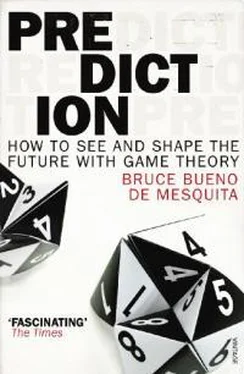

 = with plus or minus determined by whether A’s preference is higher or lower on the issue scale than B’s.
= with plus or minus determined by whether A’s preference is higher or lower on the issue scale than B’s.






